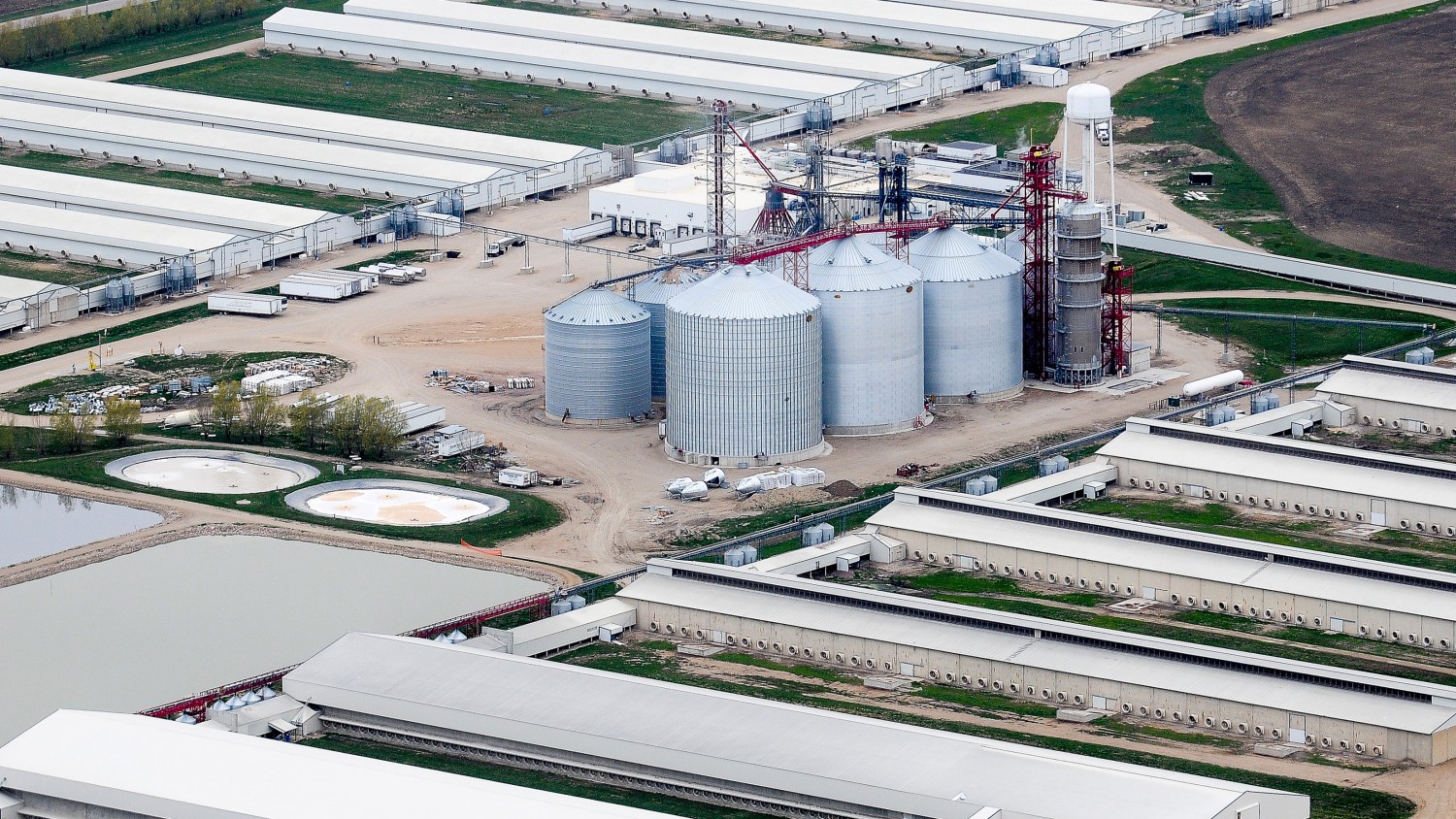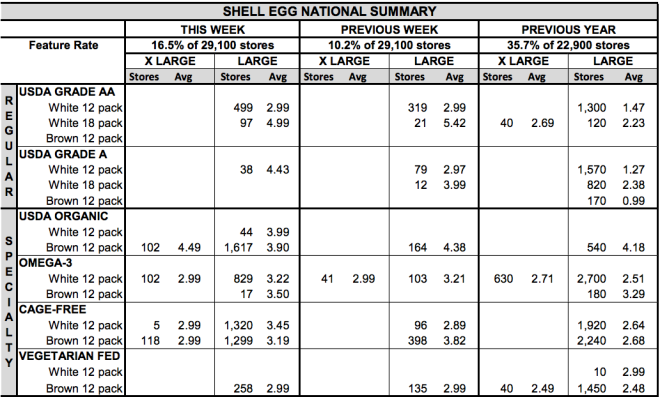If you look at a graph of the price of eggs, it usually resembles the flight path of a chicken: It bounces up a little bit, then flutters back to earth. But in the last few months egg prices have been soaring like — well, if not like eagles, at least like a flock of enthusiastic pigeons. The price is twice what it was this time last year.
What’s going on here? This year, avian flu hit a lot of egg farmers, wiping out their hens. Now this loss of birds is translating to a scarcity of eggs. Interestingly, the price of specialty eggs — like organic, and vegetarian-fed — hasn’t increased in the same way, which means they are pretty competitive.
That doesn’t mean that organic chicken operations are immune to avian flu. Donald Carr looked into this and found that small egg operations are probably just as prone to disease as big ones.
Congress is currently considering a bailout to help chicken farmers, which might help bring down the cost of eggs. From the perspective of someone living in poverty, cheaper eggs are important: Eggs have long been a healthy and inexpensive mainstay. They are easy to cook, too.
But even these sky-high prices are still far below the cost of many artisan, small-farmer-style eggs. From the perspective of a farmer, higher prices are good, and allow producers to devote more time and energy to the environmental and aesthetic attributes of the farm.
h/t to Chuck Abbott






